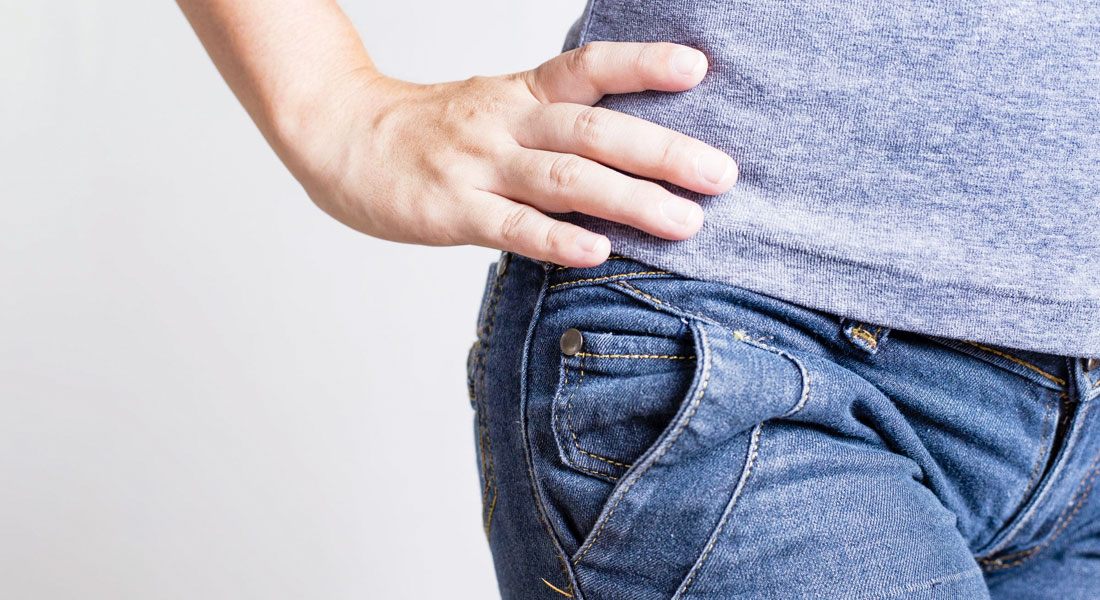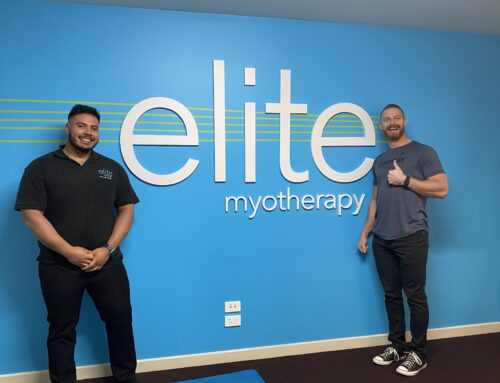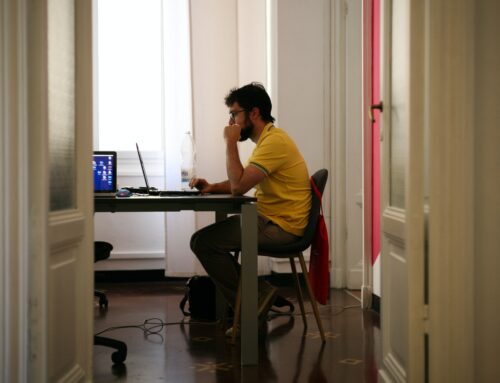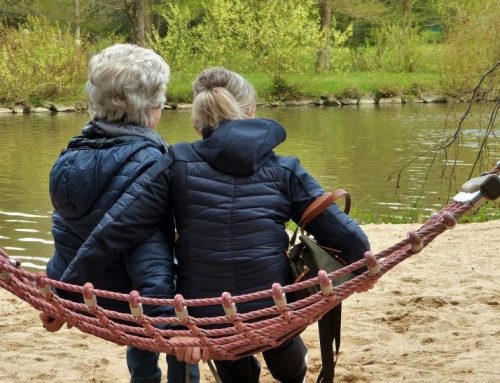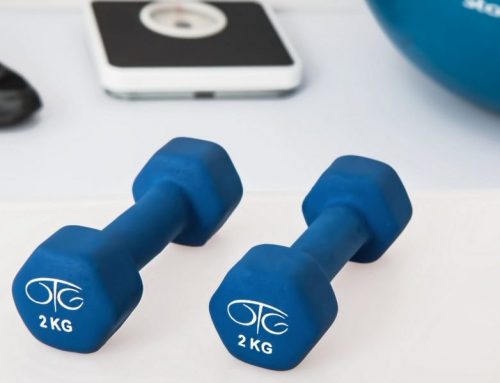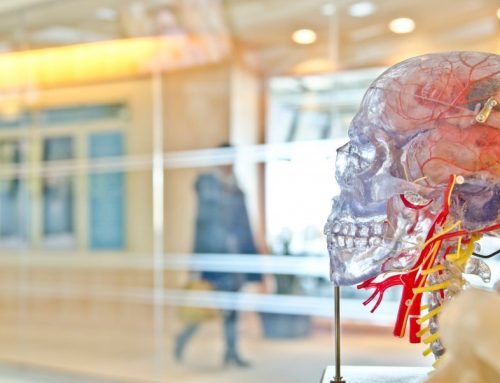Over the past few months we have seen several cases of hip pain, especially as the weather has been getting warmer and everyone has been increasing their activity. This pain can be found at the most outer point of the hip bone (the femur) which can be found at the top of the leg. Typically this pain is aggravated or worsened with walking, climbing stairs, sitting in deep seats or lying on the affected side. At its worse, it can cause a horrible deep ache to travel down the outside of the leg to the knee.
The condition can be best described as an inflammatory condition that affects the trochanteric bursa and its associated gluteal tendons. Normally the bursa provides a lubricated surface for the tendons of the hip joint, to glide over with minimal friction between bone and tendon. In someone affected by this condition there is a high amount of friction generated as the tendons move over the bursa, causing the bursa to become inflamed and painful. This is typically caused by degeneration of the gluteus minimus and medius tendons due to overloading or overuse. In order to eradicate the hip pain and prevent this from reoccurring, both issues need to be addressed.
Firstly, we need to reduce the pain to restore movement and functionality. We can do this with ice therapy over the painful area, NSIAD’s or anti-inflammatory drugs such as ibuprofen (use of these should be discussed with your general practitioner). Importantly we need to implement some changes to lifestyle habits, eliminating or restricting the use of deep seats, crossing legs and learning to sleep with a pillow between your legs on the unaffected side. We can also use an array of tools which include: soft tissue mobilisation, dry needling, electrotherapy and possible taping techniques to offload the area.
Once the pain has been reduced, we need to correct the biomechanics and posture of the pelvis and hips which is tailored to each patient within our sessions. We also need to build more strength through the gluteal muscles and tendons that were not able to sustain the overload that was being placed on them originally. This is done through a variety of hip stabilising exercises, completed both in the session and prescribed to be done at home, giving the patient self-management tools and strength to avoid an injury like this reoccurring.
Jack Day – Elite Myotherapist

